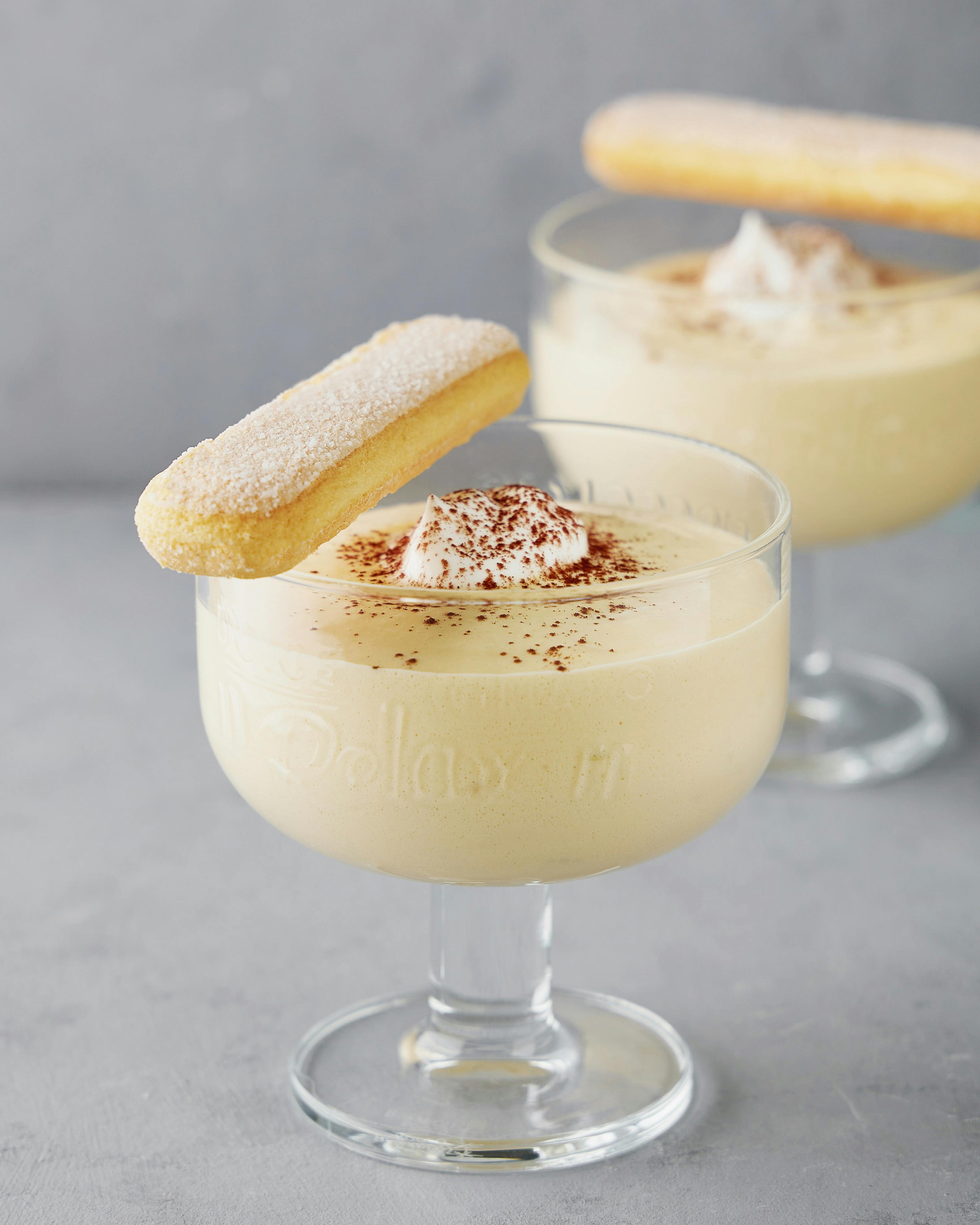
Essential Guide to Deep Frying Chicken Wings: Perfect Timing for 2025
Deep frying chicken wings has become a cherished activity in homes and at gatherings, celebrated for its crispy exterior and juicy interior. In this comprehensive guide, we'll explore the essentials of deep frying chicken wings, focusing on timing, techniques, and tips to achieve perfect results. You’ll discover how to determine the optimal cooking time for chicken wings, the best oil to use, and various methods to enhance your frying experience. Whether you're a novice or an expert, mastering the art of frying can elevate your chicken wing game and impress your family and friends.
This guide will provide you with detailed instructions and insights, including marination, seasoning tips, safety precautions, and optimal frying temperatures. By following our guide, you’ll be on your way to creating delicious fried wings that can be enjoyed during parties, sports events, or casual family dinners. Let’s dive into the world of frying techniques and discover the secrets behind crispy chicken wings!

Essential Timing for Perfect Fried Chicken Wings
Before diving into the frying process, it's vital to understand the timing involved in deep frying chicken wings. The cooking time can vary based on several factors including the size of the wings, whether they are fresh or frozen, and the temperature of the oil. A general rule of thumb is to fry chicken wings for about 8-12 minutes when the oil temperature is set to 350°F to 375°F (175°C to 190°C).
For frozen wings, increase the cooking time slightly to ensure that they are thoroughly cooked—approximately 12-15 minutes at the same oil temperature. Always ensure that the internal temperature of chicken wings reaches a safe 165°F (75°C) measured with a meat thermometer. This ensures both a juicy wing and food safety.

Understanding Frying Chicken Wings Temperature
Setting the right frying temperature is crucial for achieving that coveted crispy texture. The ideal oil temperature for frying chicken wings typically falls between 350°F to 375°F. If your oil is too hot, the exterior will cook too quickly, leading to a burnt crust while the inside remains raw. Conversely, if the oil is too cool, your wings will absorb more oil, resulting in greasiness.
For best results, utilize a deep-frying thermometer to monitor the oil temperature accurately. It's also helpful to maintain the temperature by frying in small batches; overcrowding the fryer can lower the oil temperature, compromising the crispiness of the wings. Maintaining the right oil temperature is a key component in our fried chicken guidelines for home chefs.
Cooking Time for Chicken Wings: Frozen vs Fresh
When it comes to cooking times, knowing the difference between fresh and frozen chicken wings can save you from disaster. Fresh chicken wings should be fried for about 8-12 minutes, as mentioned earlier. On the other hand, frozen wings require a longer fry time of about 12-15 minutes. Make sure to check them periodically to avoid overcooking or burning.
Additionally, using a meat thermometer can help you determine when the chicken is fully cooked; the internal temperature must reach at least 165°F. Over time, you may prefer specific frying durations based on personal preferences for meat tenderness or crispiness, which you can adjust accordingly.
Preparing Wings for Frying: The Key Steps
Preparation is just as essential as cooking time. Start by cleaning and drying chicken wings thoroughly to remove any excess moisture. Marinating your wings can infuse them with flavors, so consider using a mixture of your favorite spices or a chicken wings marinade to enhance taste. After marination, season wings generously for an impactful flavor.
Furthermore, allow wings to come to room temperature before frying, which helps them cook evenly. It's also important to ensure that the oil is heated to the desired temperature before adding the wings, preventing them from absorbing too much oil.
Key Tips for Frying Chicken Wings
A few essential tips can drastically improve your frying process. Use the right oil for frying—consider options like peanut oil or canola oil due to their high smoke points. Monitor the frying time closely to avoid undercooking or overcooking. Also, use a kitchen timer for precise tracking, ensuring perfectly cooked wings every time.
Don't forget the cooling process post-frying; let your wings rest on a wire rack instead of paper towels to prevent sogginess. Finally, experiment with different seasoning blends and sauces to find your family’s favorites, enhancing your fried wings experience.
Home-Style Fried Wings: Techniques and Variations
Home-style fried wings open up numerous opportunities for customization and enjoyment. Exploring various techniques can lead to fun flavor profiles that appeal to your family's tastes. Popular options include dry rubs, traditional buffalo sauce, or even Asian-inspired marinades.
Delicious Fried Wings Recipe
To create delicious fried wings, start with the basic components: fresh chicken wings, your choice of oil for frying, and a variety of seasonings. First, ensure the wings are marinated overnight in your preferred sauce or seasoning for maximum flavor. The next day, heat your oil and prepare your batter if desired. Dip the wings in the batter, then fry until golden brown. Remember, each fryer is different; adjustments may be necessary.
Common Mistakes to Avoid When Frying Chicken Wings
Avoiding common mistakes can significantly enhance the quality of your fried wings. One frequent error is cooking too many wings at once, which can lead to uneven cooking. Another mistake is not testing the oil temperature, which can result in greasy wings. Always ensure wings are well-marinated and season them right before frying to avoid moisture that can cause steaming instead of frying.
Frying Techniques for Beginners: Getting It Right
For beginners, mastering the frying technique involves a few simple steps: maintain temperature control, use a frying thermometer, and practice portion control. Start with a small batch of chicken wings to build confidence before attempting larger amounts. Remember, practice makes perfect, and every frying session is an opportunity to learn and refine your technique.
Serving Fried Chicken Wings: Suggestions and Pairings
Once you’ve perfected your frying method, it’s time to consider serving suggestions. Whether it’s game day or a family get-together, fried chicken wings can be a standout feature of any menu. Pair them with popular sides like celery sticks and ranch or blue cheese dressing for a classic touch.
Best Dipping Sauces for Your Wings
Offering a variety of dipping sauces can elevate your chicken wings serving experience. Classic buffalo sauce, honey garlic, or a zesty lemon pepper sauce can please many palates. Preparing homemade sauces can also impress guests while allowing you to control flavors.
Health Benefits of Fried Wings
While fried wings are often considered indulgent, they can have some health benefits when prepared correctly. Using quality oils, monitoring portion sizes, and balancing them with healthy sides can allow you to enjoy fried wings without excessive guilt. Moderation, as in all foods, is key.
Deep Fry Safety Tips: Ensuring a Safe Cooking Experience
Safety is paramount when frying chicken wings at home. Always ensure your cooking area is free from flammable materials. Use a deep fryer or large pot designed for frying with sufficient capacity to prevent spills. Wear protective gear like heat-resistant gloves to avoid burns.
Cleaning After Frying: Best Practices
Cleaning after frying can be a daunting task, but it doesn’t have to be. Allow the oil to cool before disposal and use appropriate methods to clean pots or fryers. Dispose of oil responsibly, either by recycling or utilizing a proper disposal method. Clean up any splatters or spills promptly to maintain a safe cooking environment.
Maintaining Oil Quality While Frying
Oil quality is essential for perfect chicken wings; using fresh oil can improve flavor while ensuring that fried wings turn out crispy. Avoid overusing oil by monitoring the frying process, and consider using a fine mesh strainer to filter out food particles between batches.
Conclusion: Mastering the Art of Frying Wings
With these comprehensive tips and techniques, you're now equipped to master deep frying chicken wings. This guide emphasizes the importance of timing, temperature, and preparation while providing essential frying tips that will enhance your cooking experience. Whether serving at parties or enjoying a quiet dinner at home, perfectly fried chicken wings can become a staple in your culinary repertoire.
Experiment, have fun, and enjoy the delicious results of your newfound frying skills!